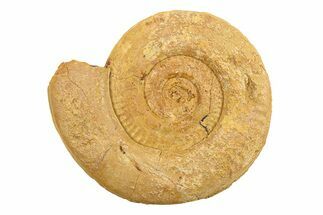This Specimen has been sold.
5.3" Natural, Native Copper Formation - Peru
This is a natural formation of native copper that comes from Peru. There are several mines throughout Peru that produce native copper, making it difficult to provide a specific locale for this specimen.
It comes with an acrylic display stand.
It comes with an acrylic display stand.
About Native Copper
Native copper is an uncombined form of copper that occurs as a natural mineral. Copper is one of the few metallic elements to occur in native form, although it most commonly occurs in oxidized states and mixed with other elements. Native copper was an important ore of copper in historic times and was used by pre-historic peoples.
Native copper occurs rarely as isometric cubic and octahedral crystals, but more typically as irregular masses and fracture fillings. It has a reddish, orangish, and/or brownish color on fresh surfaces, but typically is weathered and coated with a green tarnish of copper carbonate.
Native copper is an uncombined form of copper that occurs as a natural mineral. Copper is one of the few metallic elements to occur in native form, although it most commonly occurs in oxidized states and mixed with other elements. Native copper was an important ore of copper in historic times and was used by pre-historic peoples.
Native copper occurs rarely as isometric cubic and octahedral crystals, but more typically as irregular masses and fracture fillings. It has a reddish, orangish, and/or brownish color on fresh surfaces, but typically is weathered and coated with a green tarnish of copper carbonate.
 Reviews
Reviews













